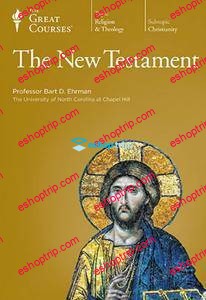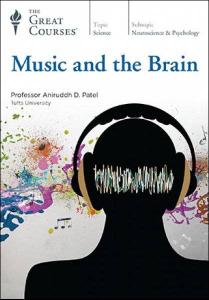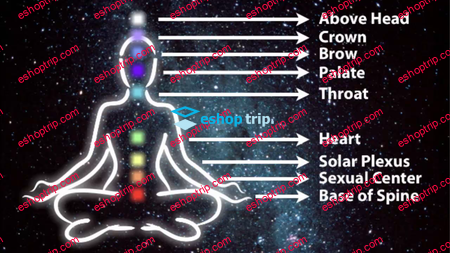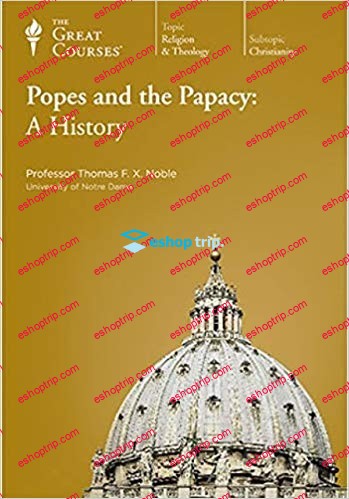Course No. 656 | .MP4, 640×480 | English, MP3, 128 kbps, 2 Ch | 24×30 mins | + PDF Guidebook + AUDIOBOOK | 9.4 GB
Lecturer: Bart D. Ehrman, Ph.D., M.Div.
Whether you consider it a book of faith or a cultural artifact, the New Testament is among the most significant writings that the world has ever known. Scarcely a single major writer in the last 2,000 years has failed to rely on the web of meaning contained in the New Testament to communicate. Yet the New Testament is also among the most widely disputed and least clearly understood books in history.
In these lectures Professor Bart D. Ehrman develops for you a carefully reasoned understanding of the New Testament—and the individuals and communities who created its texts.
Importantly, Professor Ehrman’s approach is as an historian, and the course “suspends” belief or disbelief to understand how, when, why, and by whom the New Testament was written. He explains in detail the light that historical research brings to the texts. He also reviews key texts omitted from the New Testament.
“Our ultimate goal is to come to a fuller appreciation and understanding of these books that have made such an enormous impact on the history of Western civilization and that continue to play such an important role for people today,” says Dr. Ehrman.
Bringing Scholarly Evidence to Bear
This course is designed to introduce the writings of the New Testament—the most widely read, quoted, studied, debated, maligned, and believed book in the history of Western civilization.
Many people remain unaware of how the New Testament was written and transmitted. This course draws on modern biblical scholarship, recent archaeological discoveries, and careful literary analysis to trace the history of the New Testament and of the early Christian faith community.
“The books of the New Testament,” says Professor Ehrman, are “best understood when situated in their own historical context—rather than taken out of context.”
Professor Ehrman has crafted this course as a historical introduction to the 27 books of the New Testament, to allow you to come to understand their content, meaning, and historical accuracy. The course will address such significant questions as:
Who wrote these books, under what circumstances, and for what audience?
What do the books of the New Testament say, what do they mean, and how historically accurate are they?
How can we can come to more fully appreciate and understand them?
Professor Ehrman is always mindful of the limitations imposed by the available data and methods. Consider just some of the difficulties faced by scholars of this work, as Dr. Ehrman notes:
“The earliest manuscript of any kind from the New Testament that we have is a tiny scrap that’s about the size of a credit card. It’s written on the front and back. It originally came from a full manuscript of the Gospel of John. This little fragment was probably produced in the early part of the 2nd century. Most scholars date this papyrus to around the year 125, give or take 25 years, so it could have been written as early as 100, possibly as late as the year 150.”
Professor Ehrman brings impressive scholarly evidence to bear on the task of reconstructing the life and ministry of Jesus and the origins of Christianity in the decades before and during the composition of the books that make up the New Testament.
Appreciate the New Testament More Completely
Dr. Ehrman clearly orients you in the world of Greco-Roman pagan cults and the world of early Judaism—examining the beliefs, sacred spaces, liturgical practices, and distinguishing features of the religions surrounding the birth of Christianity.
The lectures lead you through each of the New Testament texts and their context—contrasting the varied portrayals of Jesus in the Gospels, each with its own perspective.
Each of the Gospels is also examined in the light of historical evidence and evaluation. The course examines the importance and context of Paul, the most significant figure in the rise of Christianity besides Jesus. The course ends with an exploration of the Book of Revelation.
The study of the New Testament in this course is broad and often surprising. Consider these themes from the course:
The earliest records of Jesus are probably right in portraying him as an apocalyptic prophet who anticipated God would soon intervene in the course of history to overthrow the forces of evil and establish his good kingdom on Earth, and that people needed to repent in preparation for it.
The Gospels are our principal sources for knowing about the life and teachings of Jesus, but they are also major literary works in their own right, each with its own perspective on who Jesus was and why his life and death matter.
Jesus is portrayed individually in all the Gospels, including two Gospels that did not make it into the New Testament, the Gospels of Peter and Thomas.
Many people believe that the relationship between Paul and Jesus enabled Paul, through his writings, to transform the religion of Jesus into a religion about Jesus.
Modern scholars examining some New Testament books that claim Paul as their author have concluded that they are, in fact, pseudonymous.
Portions of the New Testament were included hundreds of years after the death of Christ.











Reviews
There are no reviews yet.